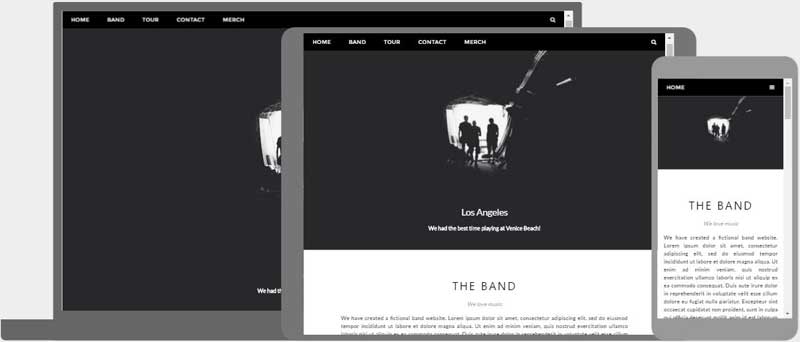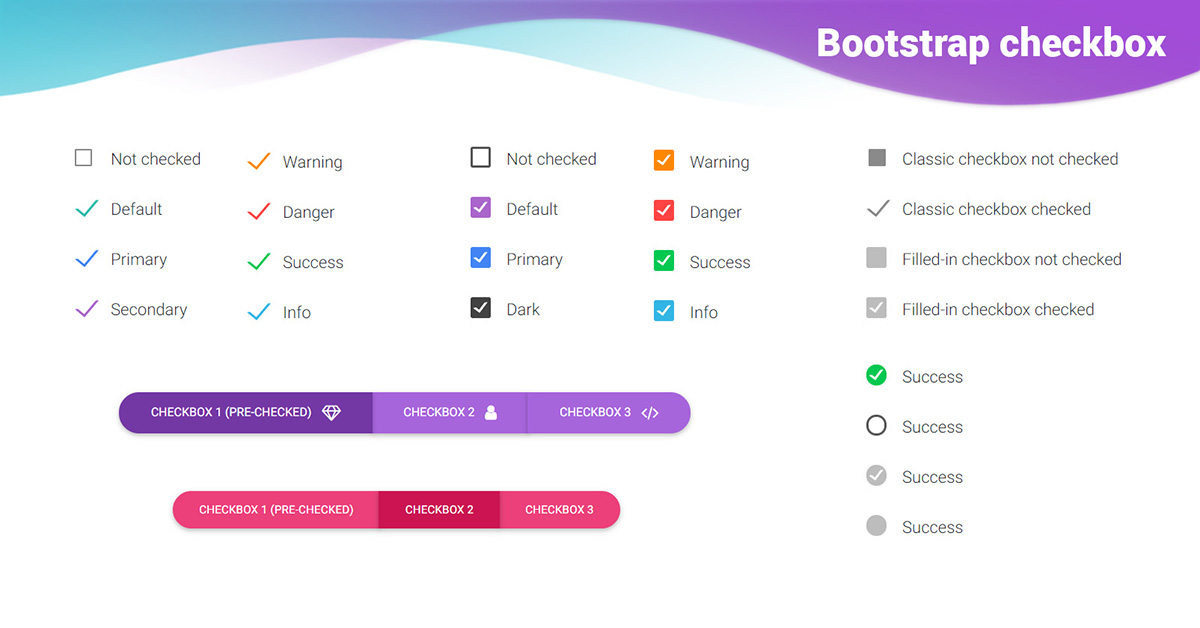


- #RESPONSIVE DESIGN TUTORIAL VIDEO HOW TO#
- #RESPONSIVE DESIGN TUTORIAL VIDEO UPDATE#
- #RESPONSIVE DESIGN TUTORIAL VIDEO CODE#
- #RESPONSIVE DESIGN TUTORIAL VIDEO FREE#
She goes on to say that responsive design has three elements at its foundation: a fluid grid, flexible images and text and media queries: In Responsive web design: It’s not just a trend, Sonia Gregory writes that “responsive web design creates a system for a single site to recognize and react to the size of a user’s device.” Understand the elements of a responsive design Understand the elements of responsive design.You can design a responsive website in five primary steps:
#RESPONSIVE DESIGN TUTORIAL VIDEO HOW TO#
If you’re also a web designer who needs to learn how to design a responsive website, then you’re reading the right guide. That’s why I’m following with this responsive web design tutorial step-by-step for a refresher on how to make an HTML and CSS website look great on desktop computers, laptops, tablets and/or mobile phones with just one site design. So we did, and we (again, not you, just me and some other web designers) got a little rusty with the static website side of things. They’d heard WordPress was the way to go now and grow later, so they demanded we “put” them on WordPress. She needs her website to be responsive so it looks good on all types of devices.Īfter WordPress started gaining popularity, a lot of us web designers got accustomed to the majority of our clients saying, “I want my site on WordPress!” It didn’t matter if they needed “all that” or not. Trudy, it’s hard to view the class schedule on your site on my cell phone (tablet).”Īside from her class schedule, the content on her website hardly ever changes, which is why she doesn’t want to bother with the maintenance that comes with keeping WordPress secure, but she does want to keep up with the times since she knows she has some students who go to her website and check the class schedule on their nifty tablets and fancy smartphones. Trudy, a piano lessons teacher, already has a static website created with HTML and CSS, and all she wants us to do is make her existing site responsive for the about 15 percent of her students who have said to her, “Ms. Trudy quite directly told us, “I don’t need all that.”
#RESPONSIVE DESIGN TUTORIAL VIDEO FREE#
We accomplished that goal by finding free WordPress themes to do the job, but our newest client, Trudy, is on an even tighter budget and absolutely does not want us to redesign her current site on WordPress or any other content management system. In my article, Top 12 free responsive portfolio WordPress themes, we had clients who were on a limited budget and wanted us to create responsive portfolio WordPress websites using a portfolio theme (not a portfolio plugin) that would showcase their hard work. However, an easy fix would still be nice.Why do we need to go through the following responsive web design tutorial step-by-step when we can just use WordPress and find a theme that takes care of making our website responsive? Why design responsive from scratch? In many cases, this is tolerable, and not that big a deal. It gets more complicated when dealing with responsive images and videos, because you can not predict the height of the content easily, resulting in some jumping as they load. It also does not solve the problem for responsive images and videos, as they will be using a relative length unit, which still causes jumping, even when the attributes are used! The jumping problem I do not agree with this logic – but the problem is that browsers can not know the dimensions of the image before loading it, which makes width/height attributes the best solution. There is also this idea that images and video is "content", and therefor dimensions should be declared inline instead of via style elements (be it external or embedded). Using render-blocking CSS, the above scenario is unlikely afaik.
#RESPONSIVE DESIGN TUTORIAL VIDEO UPDATE#
You would have to update the StyleSheet every time you add a new image!Īlso, if a StyleSheet is not loaded before the content starts loading, then the styles might not be applied on time, and we will still have the jumping problem as the page DOM continues to load. The problem with using CSS, loaded from a "critical" StyleSheet, is that it scales poorly with lots of images of different dimensions. However, as I mentioned, you can also use CSS for this purpose. The reason for including them is mainly that having a width and height in pixels, either in your critical CSS or via HTML attributes, will prevent a page from "jumping" as it loads the content. But, it is not a requirement, and if you understand the problem it is trying to solve, then go ahead and use CSS if you wish.
#RESPONSIVE DESIGN TUTORIAL VIDEO CODE#
It has long been recommended to always include a width and height attribute for images and videos, and this might be why many tutorials include the width and height attributes in code examples.


 0 kommentar(er)
0 kommentar(er)
